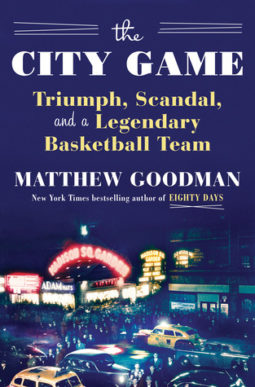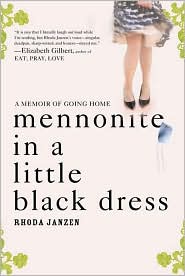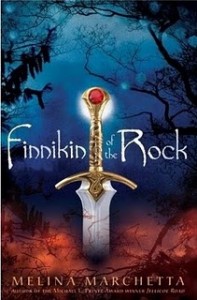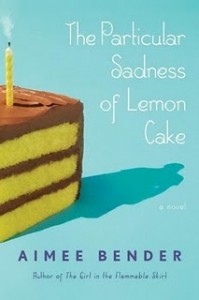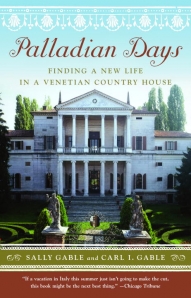This review contains affiliate links, which earn me a small commission when you click and purchase, at no extra cost to you. Thank you for supporting my small business and allowing me to continue providing you a reliable resource for clean book ratings.
City College of New York was created over a century ago to educate some of the brightest and most promising of New York’s young adults who came from poorer families. It gave them a top-notch education for free, and graduates could go on to success they likely wouldn’t have seen had City College not existed. Students lived at home and took the subway in to classes every day; the school didn’t have a lot of extras. But it did have a basketball team. And in the post-World War II years when the National Basketball Association was new and football wasn’t the phenomenon it is today, college basketball drew the crowds. City College’s team played in Madison Square Garden, “where the stands rose up from the court sheer and high and each night were filled with eighteen thousand spectators, many of them serious gamblers who cared less about whether a particular team won than whether it had covered the point spread,” Matthew Goodman writes in The City Game.
And that is the focus of this book: Goodman explores the extraordinary basketball team of City College, who in the 1949-1950 season won not just the NIT championship but the NCAA tournament, a feat never accomplished by any other team at any other time. The story would be interesting just stopping there, but the bigger and more complex tale is that all of the starters were arrested the following year for point shaving. Gambling in New York City was bigger than sports, and the network surrounding and supporting it was huge and extended to the highest reaches of the police department and certain elected officials.
The book goes back and forth between the college, the team and its coaches and players, and the world of gambling in New York, the criminals running the show and paying off corrupt policemen and politicians, and the district attorney determined to bring it all to light. The first half sets the stage for the team’s amazing and surprising feat in winning the two championships, and then the story really hits its stride when the two elements (gambling and City College players) combine. Each player is reluctant to participate in point shaving, but they’re young and their families are poor, and they give in and take some money to alter the point spread. They only get a few modest payments for changing a few games, but when the D.A.’s investigation finally comes to a conclusion, they get the worst penalties compared to the small part they played in the huge racket, and each must pay a huge price the rest of their lives for the choices they made as young players.
The City Game is an intriguing look into a part of New York’s history, one rife with gangsters and gambling, corruption common in high places, running rampant through all levels of law enforcement. It’s a sympathetic look at young men from disadvantaged backgrounds, sons of immigrants, Jews and blacks, who worked hard and earned a tremendous amount of money for other people but saw none of it themselves.
It’s fascinating in particular that the same issues brought up in 1950 are still the same 70 years later: Is it fair that 18- or 20-year-olds (who too often are economically disadvantaged and/or in ethnic minorities) are generating millions of dollars for others when they get none of those riches and only have the hope that perhaps they can strike it big later on in professional ball? Should the situation be changed to actually pay them at some level, rather than either simply give them full scholarships to college, or to keep pretending that colleges or booster clubs aren’t too often doing illegal things to get around those rules barring them from being paid? Little has changed.
The players who are the main characters in The City Game were largely honorable, hard-working, dutiful to their families, eager to do well. But they (very) briefly got caught up in a system that profited everyone but them, and their dreams were cut short. Goodman follows them through the heartbreaking time of their arrests and punishments and onward through what they chose to do with their lives for the next decades, and the impacts they made, such as teaching and mentoring at-risk teens, but they were all disappointed not to be able to achieve the dreams they had before the scandal occurred.
It’s hard not to applaud what they did end up doing with their lives, even in the wake of their public shaming and loss of potentially playing more years of college and NBA basketball. And it’s hard not to wonder again why there isn’t some way to change our approach to the system that takes too many talented young people who come from nothing and presses them first through the no-pay-at-all college years and then some into professional ball, which earns them millions but doesn’t necessarily give them the preparation they need for that kind of instant economic change. A thought-provoking and sobering book.
Rated: Moderate. There are two instances of strong language in the body of the book and two in footnotes. There are just occasional uses of milder language. There are some brief references to drug use and dealing, and of course, there are a lot of references to gambling.
* I received an ARC of this book in exchange for my honest review.
Click here to purchase your copy of The City Game on Amazon.
